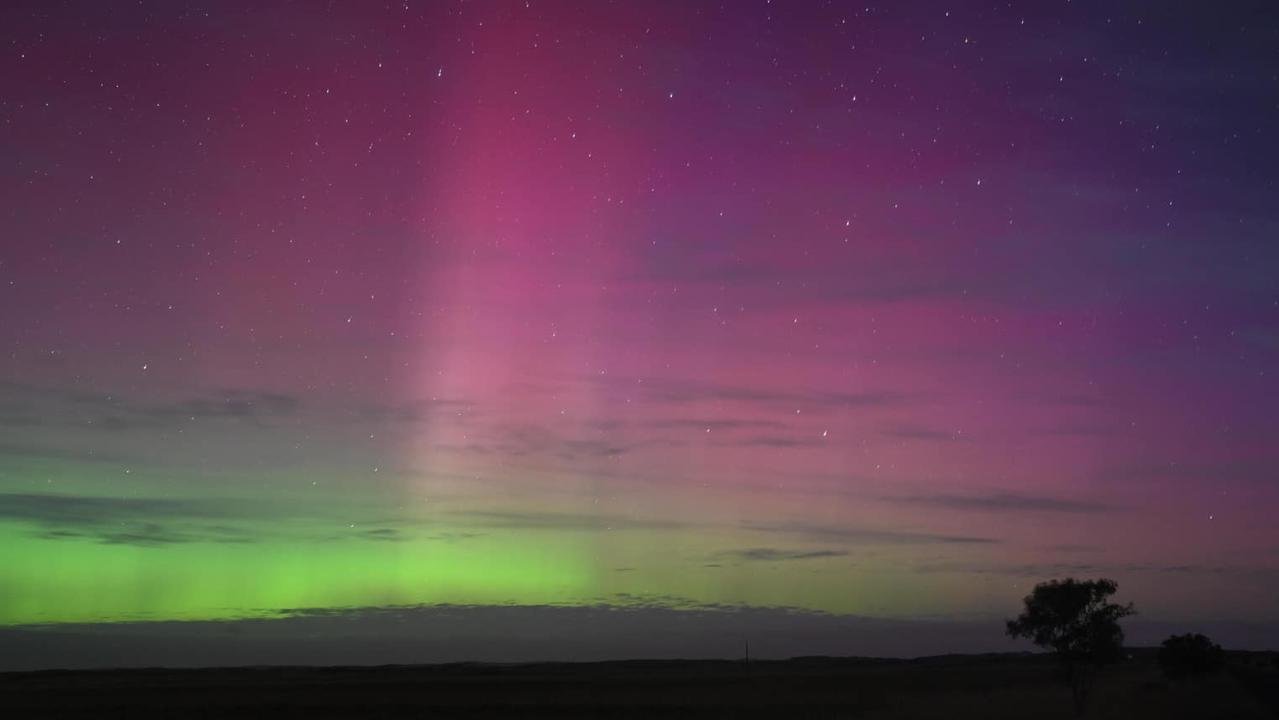Best places in Australia to view the southern lights
Geomagnetic storms in space will make the southern lights visible, but they could potentially affect earth’s communications systems.
A coronal hole on the surface of the sun, roughly the size of earth, is set to create geomagnetic storms allowing Australians to get a glimpse of the southern lights.
But the storms may also disrupt a number of earth’s communications systems, including GPS satellites and spacecraft.
The southern lights, known formally as aurora australis, is the southern counterpart to the northern aurora borealis, and are natural polar light displays caused by disturbances in the earth’s magnetosphere by solar winds.

The solar winds are in turn created by the coronal holes on the sun, which are areas of relatively cool plasma.
The Australian Space Weather Forecasting Centre issued an aurora alert on Friday afternoon for a geomagnetic storm in progress.
“Aurora may be observed during local night time hours in good observing conditions at high latitudes,” the alert said.

The centre, which is a branch of the Bureau of Meteorology, updated their measure of geomagnetic activity over a three-hour period, known as the K-index, to a level seven out of a possible nine.
The higher the level, the easier it is to see the aurora at lower latitudes.
That means coastal areas of southern Victoria, southern Western Australia and Tasmania will have the best views, and those in high-altitude areas may also see the aurora on the horizon.
Check out the #aurora our volunteer Roger Groom from @aus_astro_photo captured last night next to our Jubilee Dome.#Perth#WA#perthnews#wanews#westernaustralia#auroraaustralis#southernlights#astrophotography#perthlife#seeperth#WAtheDreamState#experienceperthhillspic.twitter.com/EK6sdyVYiq
— Perth Observatory (@perthobs) March 24, 2023
Meanwhile, in the northern hemisphere, the United States-based National Oceanic and Atmospheric Administration (NOAA) predicts similar aurora activity over high-latitude areas of North America, but has been seen “as low as Alabama and northern California.”
However, NOAA also warns of “possible widespread voltage control problems and some protective systems will mistakenly trip out key assets from the grid,” during the geomagnetic storms.
While spacecraft “may experience surface charging and tracking problems,” and disruptions to high-frequency radio systems and satellite navigation.



